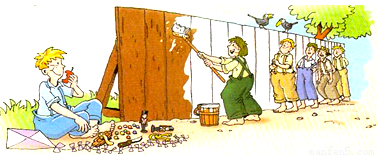题目内容
Mark Twain was 1. (bear) in Florida 2. November 30th, 1835. He was 3. (bring) up in Hannibal, Missouri, along the Mississippi River. He is 4. (good) known for his novels set in his boyhood world on the river, such 5. The Adventures of Tom Sawyer and The Adventures of Huckleberry Finn. Twain loved the river so much 6. even his pen name is about the river. “Twain” is 7. old word for “two”. The phrase “mark twain” means that the water is two fathoms deep. The author’s real name was Samuel Langhorne Clemens. Mark Twain was a 8. (success) writer. His works and speeches made people laugh. However, his 9. (late) life was not a happy one. Two of his daughters died. His wife died in 1904 after a long 10. (sick). Some critics think Mark Twain’s later works were more serious because of that.


